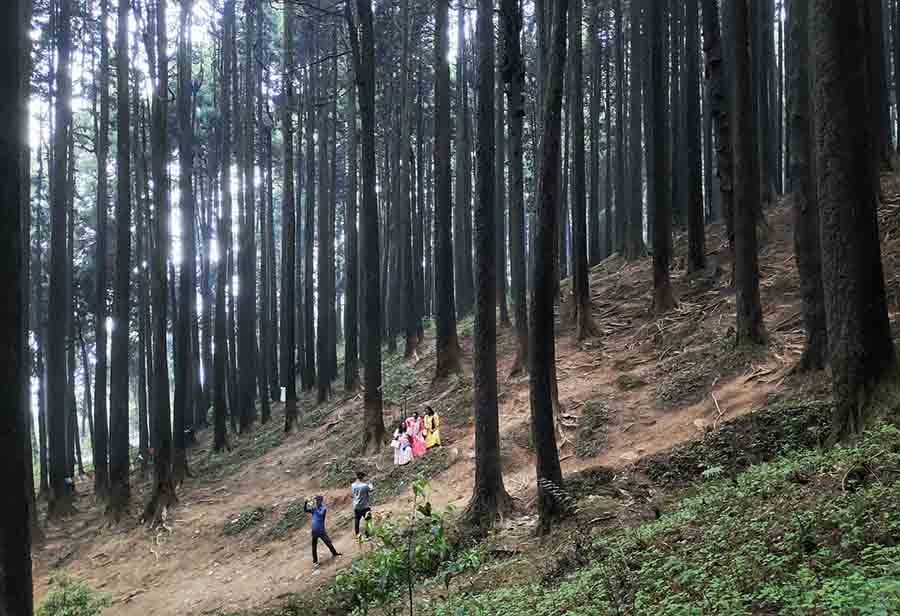Light has been spotted at the end of a dark tunnel. A recent study has identified 16,825 “Conservation Imperative” spots, which, if protected, could ensure the survival of the most threatened and rare species and stop the sixth mass extinction event that is already underway. In theory, these spots amount to just 1.2% of the land surface of the Earth and should not be difficult to protect. What is more, the study also found that many of the hotspots that have been identified already lie adjacent to or near existing protected areas. Why, then, is the protection of these sites likely to be an uphill climb? The report makes an important point in this regard. Governments committed to a faulty idea of development engage in token protectionism, notifying areas that are not really rich in biodiversity as protected spheres while actual hotspots continue to be exploited. Take India, for example, which is home to 437 of the spots identified in the study. Around 15% of these areas lie within 2.5 kilometres of the boundaries of existing protected areas or those that were once protected areas and have been denotified or encroached upon. Among the hotspots under India’s geographical boundaries — the
country accounts for a whopping 16.86% of global biodiversity hotspots — the Western Ghats are home to around 64.95% of such zones, Indo-Burma 5.13%, Himalaya 44.37% and Sundaland 1.28%. But the protected area in most of them is less than a measly 17%. There have not been studies on the ecological attributes of these spots and neither are there any estimates of the anthropogenic drivers of forest degradation in them. The recent study has plugged this gap in information. It is now time to remap the protected sites in light of this new data.
Another challenge to conserving all the sites around the world is that it would cost $263 billion. The figure does not take into account the profits that businesses and governments would have to forego by vacating such hotspots. That is not all. Merely protecting identified zones will not be enough. Species are also threatened by radical changes in the biosphere, the altered chemical content of oceans, the devastation of forests and ecologies, the contamination of land by chemicals, extreme weather events and other man-made factors. So the mediation has to be multifold and across sites. While these are significant hurdles, the outcome of not overcoming them
could be more dire than anything the world has ever witnessed.










